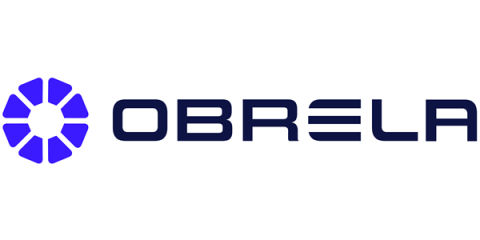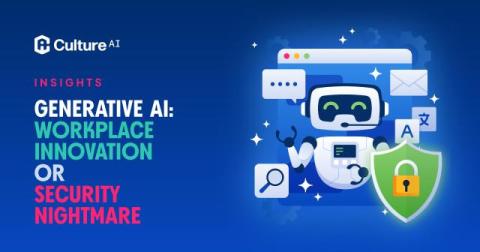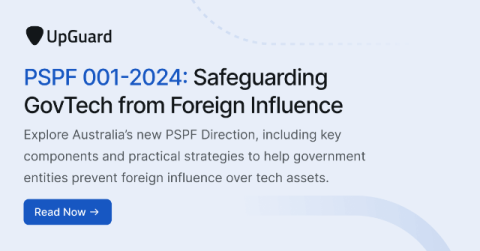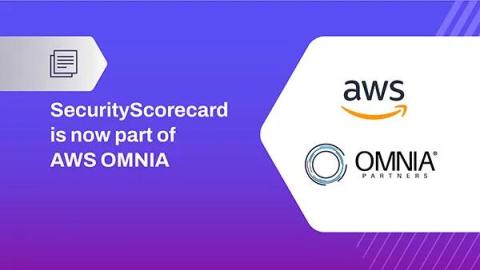Insights From The SOC
A review of AI-generated malware, and how a SOC might deal with the ever-increasing threat… Theofanis Dimakis, SOC Officer, and Nikolaos Tsompanidis, Threat Detection & Response Expert at Obrela, speaking during the recent CRESTCon Europe event, shared insights from their perspective into detecting malware, including the rising tide of AI variants.











